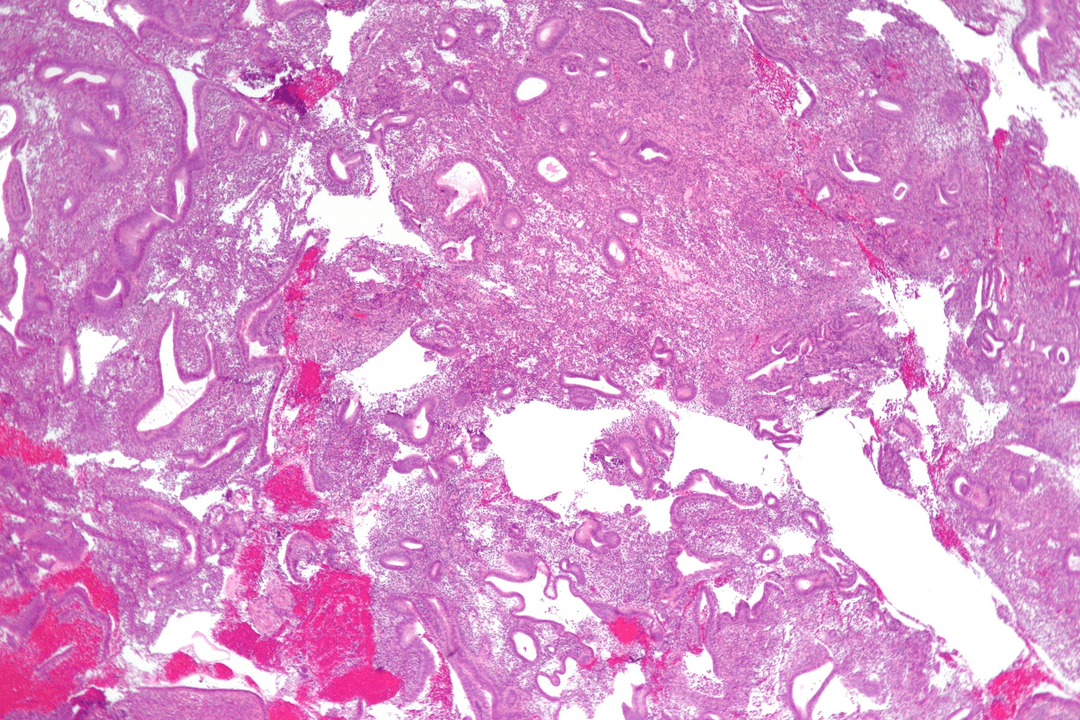
Not everyone knows that squamous cell papilloma is the result of a viral disease. In addition to being an aesthetic problem, the disease can cause serious harm to health, including death. A tumor can "grow" anywhere in the body and affect internal organs.
What is squamous cell papilloma and its structure
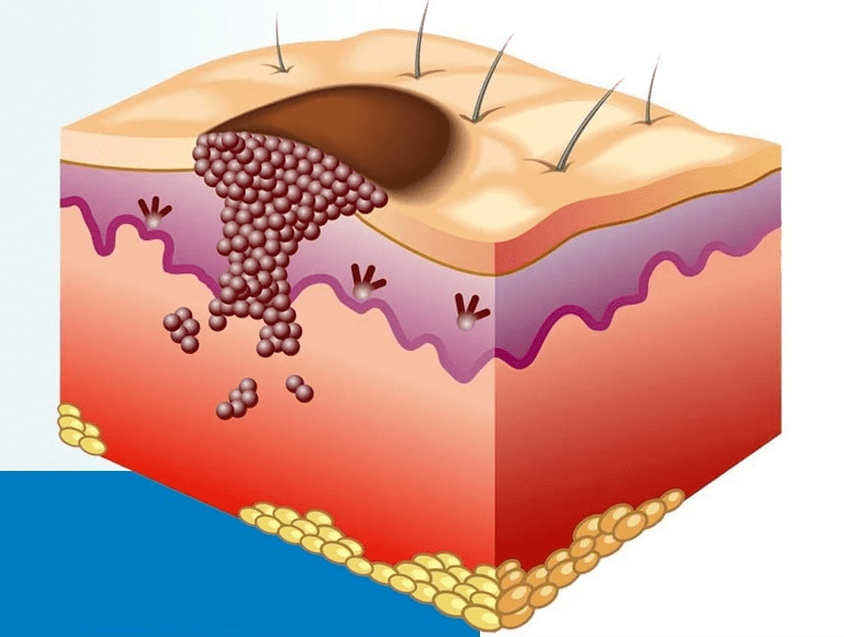
The answer to the question: "What is it? " is a benign neoplasm. The main places of localization are the face, neck and mucous membranes. If the pathology is not treated for a long time, it can become malignant. Outwardly, a flat papilloma looks like a circle-shaped mole. The color can vary from flesh to deep brown. Doctors call the most common flat papilloma with hyperkeratosis. It occurs mainly in the elderly, sometimes in 30-35-year-olds.
Causes and sources of infection
There are many ways to get infected with squamous cell papilloma of the skin, some of them are simple and do not cause any concern:
- sexual intercourse of any origin: vaginal, oral, anal;
- Daily contact (handshake). The presence of open wounds is fundamental here;
- visiting public places with high humidity: swimming pool, sauna;
- Violation of personal hygiene norms.
This type of papillomas is diagnosed in people with low immunity who have many casual sexual contacts.
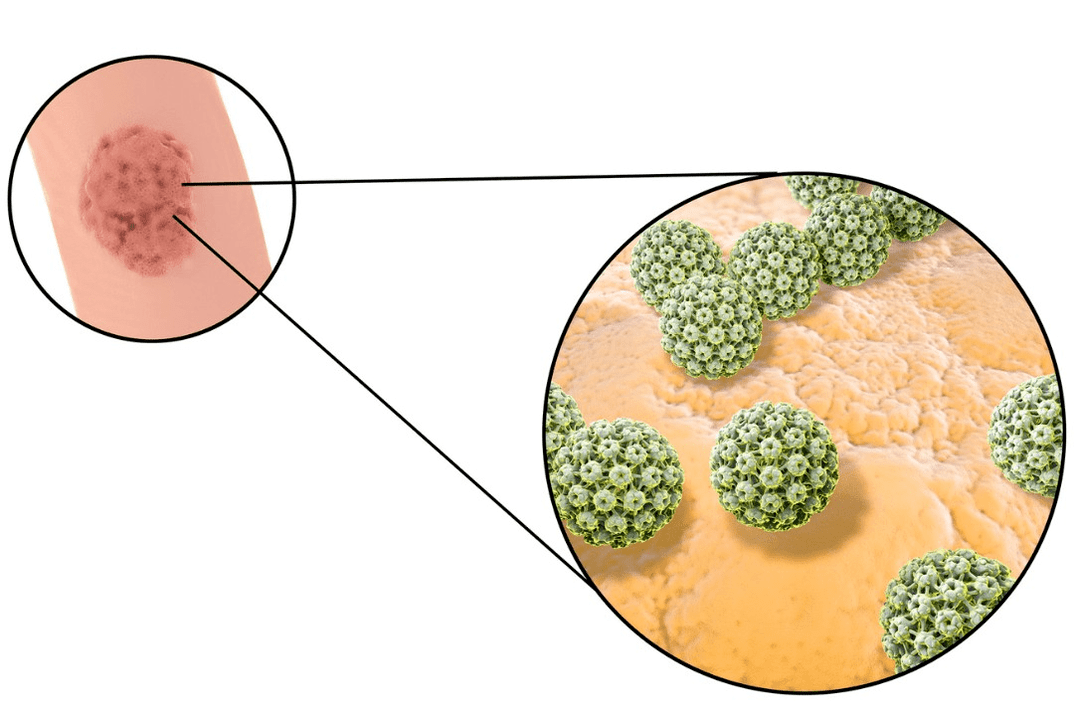
The penetration of the virus into a healthy body does not mean that papillomas will appear in the near future. This happens only when the immunity decreases. Main reasons:
- presence of bad habits: alcoholism, smoking, illegal drugs, poor nutrition;
- Malfunction of the digestive system;
- skin diseases;
- old age;
- hereditary predisposition;
- Third-party chemical exposure.
Esophageal papilloma appears almost immediately after failure. It is formed on the tongue, lips, inside the mouth, esophagus and intestines.
Why is it dangerous for humans?
The main danger is that papilloma with hyperkeratosis will turn into cancer in more than 60% of cases. If the growth occurs in the respiratory system, there is a risk of gradual lack of oxygen, leading to death. When a tumor appears in the intestines, it can fester due to exposure to feces. In squamous cell papilloma of the esophagus, there is a risk of inflammation and bleeding due to consumption of solid food or low-quality alcohol.
Symptoms and diagnosis
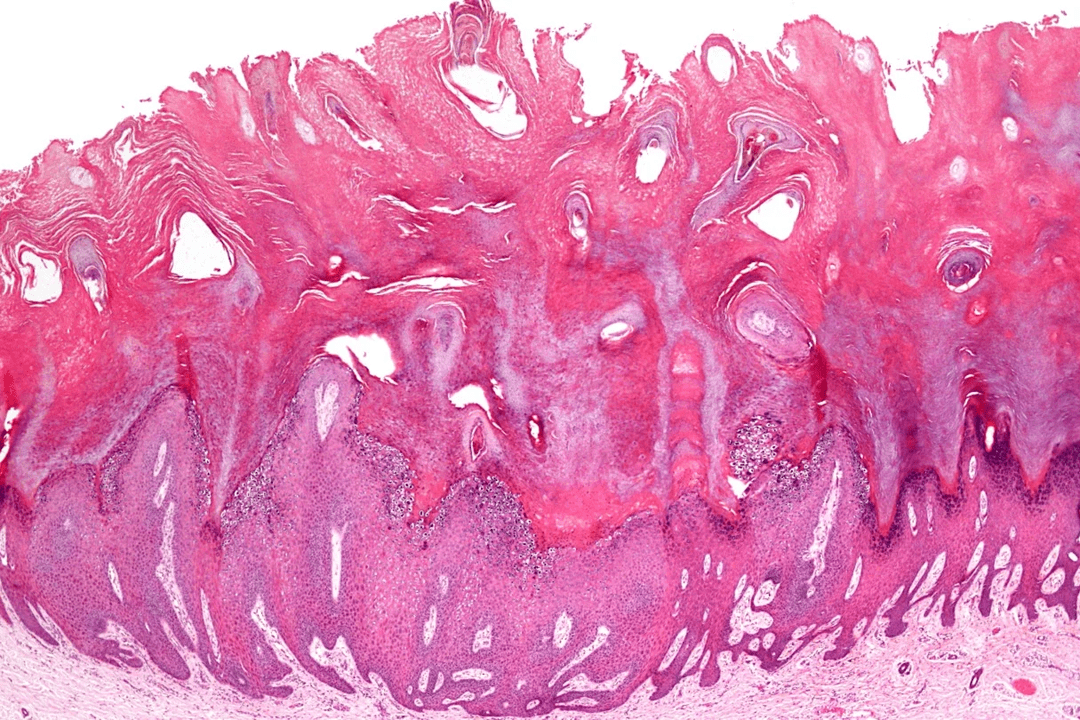
Symptoms of the formation of squamous cell papilloma are few and vague. First, the area where it grows is checked. Most people treat skin growths as warts and ignore them, hoping that they will disappear over time. Neoplasm develops and grows very slowly, and inflammation occurs very rarely.
Manifestation foci appear primarily in the thinnest areas of the skin. This is the area of the eyelids, neck, chest. If the eyelid is damaged, damage to the conjunctiva may occur.
The neoplasm gradually grows and develops, its average size is from 0. 3 to 1. 5 centimeters. The color of the neoplasm is different and can change over time from flesh-colored to purple.
Picking, squeezing or cutting a squamous cell papilloma is dangerous; Infection can get into an open wound.
There are no special diagnostic measures to determine the presence of the virus. First, a visual examination of the tumor is performed by the therapist. Then he writes recommendations to other specialists: dermatologist, gynecologist. The appointment is made according to the location of the papilloma. If it is located on the outer part of the skin, the diagnosis can be made immediately. If the growth is in the body, fluoroscopy is prescribed.
If the rectum is damaged, the doctor palpates the neoplasm; The cervix is clearly visible using a gynecological glass.
There are a number of mandatory procedures:
- Biopsy
- Blood analysis;
- PCR test.
If necessary, the attending physician can prescribe additional diagnostic methods.
Esophageal papillomas
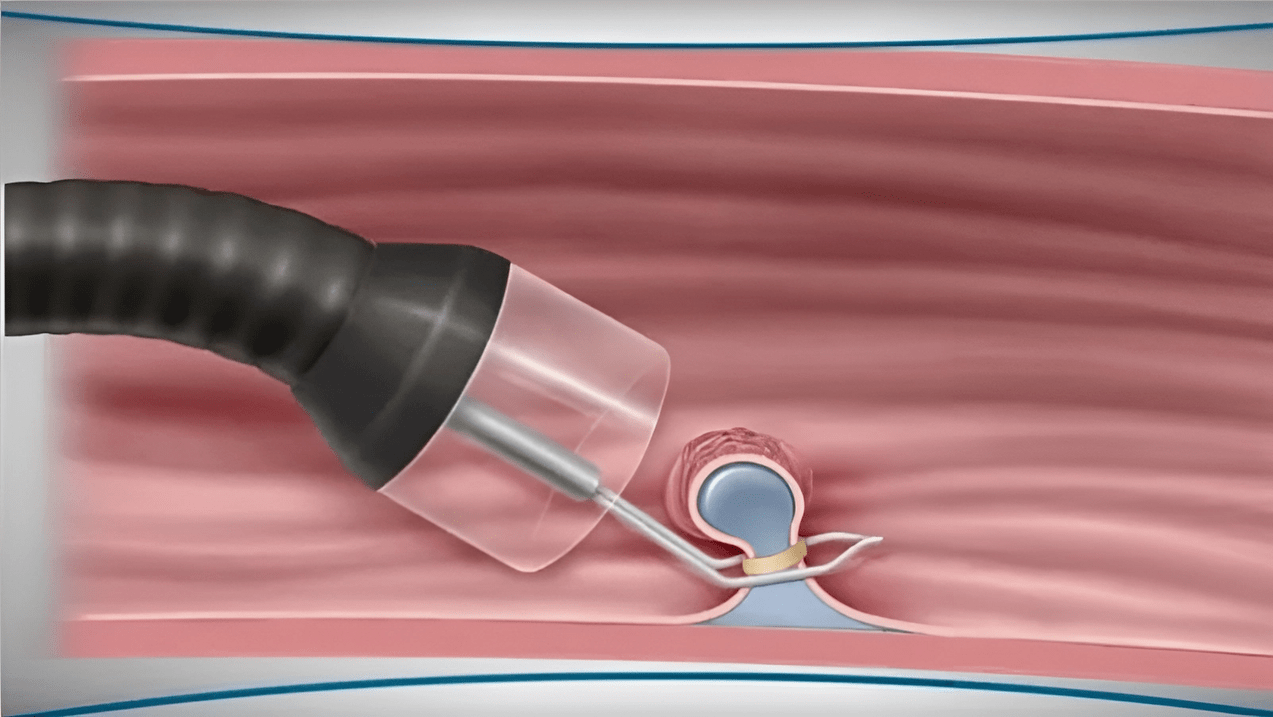
The main sites of formation of squamous cell papilloma of the esophagus are the tongue, lips and oral mucosa. The virus may be accompanied by small sores and itching.
With papillomas on the lips, the first thing that appears is swelling and discomfort when eating. If the affected area is damaged, blood will appear. The growth can grow rapidly and lead to lip cancer.
With esophageal papilloma, the symptoms of which are mainly found in the male half of the population. The causes of the disease can be improper nutrition, poor quality food and bad habits. The main location of the tumor in the esophagus is its middle part. The size of each is from 1-2 millimeters to 3-4 centimeters, elongated shape, on the stalk. The patient reports pain in the stomach, groin, excessive salivation and throat. Diagnosis is carried out using radiography and esophagoscopy.
Signs of formation in the mouth and larynx
In laryngeal squamous cell papilloma, it hurts the patient to eat, swallow, and sometimes even breathe. Sometimes there are difficulties in speaking. Growth size is small, pedunculate. If a neoplasm is detected in a child, treatment does not begin immediately, it happens that it goes away by itself. If the disease is not treated in adulthood, it can turn into a malignant tumor.
The appearance of squamous cell papilloma of the tongue is not manifested in any way at first. White, flesh-colored growths begin to appear only if the patient has somehow damaged them. After a few weeks, an unpleasant odor appears, itching, burning and sores appear.
Larynx symptoms in adults may vary, depending on the general condition of the body and the degree of development of the disease. There may be sore throat, nasal swelling, discomfort, swelling, itching. If a growth is formed on the septum, it gradually grows into the nasal sinuses, disrupting the normal processes of oxygen entry and exit.
Formation symptoms in intimate areas
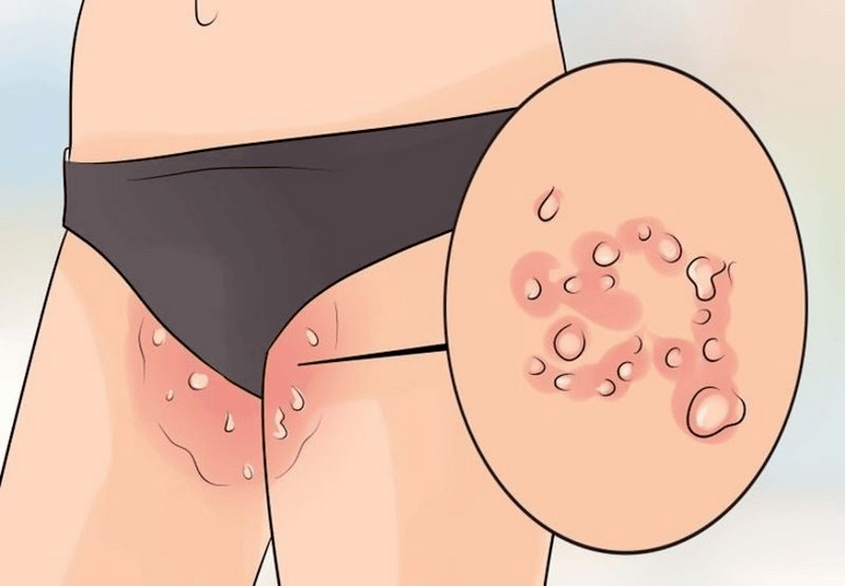
With squamous cell papilloma of the cervix, there is a very high risk of the benign state of the neoplasm turning into cancer. Often this process is accompanied by erosion and genital warts.
In the initial stage of development, the virus has no symptoms. Itching and burning gradually appear in the affected area, and over time a state of constant discomfort appears. Discharge is possible. A papilloma is detected during a routine examination by a gynecologist, and you may be prescribed a colposcopy. During pregnancy, a woman can experience a decrease in the level of immunity and, accordingly, the appearance of papillomas. In such cases, immediate removal is recommended.
If we talk about the urinary system, the most problematic place for women is the rectum. At the initial stage, there are no symptoms, then pain, itching, purulent discharge and blood in the stool appear. The diagnosis can be made after the palpation procedure. In 90% of cases, when this type of neoplasm appears, doctors send you to do syphilis tests.
Treatment and removal methods
In most cases, patients seek treatment when symptoms are already severe. It is forbidden to self-prescribe treatment or attempt to remove the papilloma. Removal is carried out in several ways:
- cryotherapy using liquid nitrogen;
- surgery;
- removal with high frequency current;
- laser removal;
- Operation using a radio knife.
Esophageal papilloma requires additional examination, so treatment may take longer.
After the removal procedure, the scar is practically invisible. But there is no 100% guarantee that the tumor will not appear again. Without proper prevention, the virus will wake up again and growths will appear. After treatment, the patient is prescribed a course of antiviral drugs, vitamins and immunomodulators. It is important to restore the level of general immunity as successfully as possible. Even if the virus remains in the body, it contains it, which prevents the formation of papillomas. It is recommended to completely eliminate bad habits.
Treatment with folk remedies
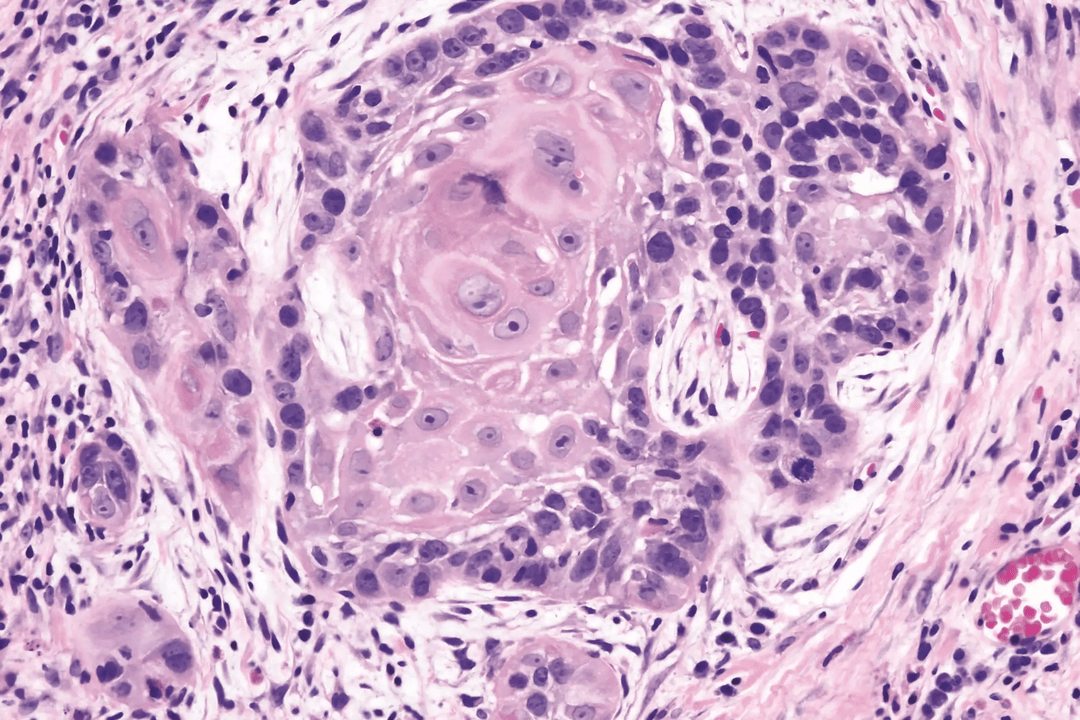
Squamous cell papilloma, like all other types of tumors, is mainly formed in the elderly. Surgical intervention is contraindicated for many of them. In such cases, the attending physician advises to turn to traditional medicine. The most recommended means are:
- Freshly squeezed potato juice. Course - 2 months, take 100 ml 2 times a day;
- celandine juice. Course - 4 weeks, the damaged area is lubricated with liquid several times a day;
- Fresh garlic. The cleaned piece is attached to the growth with adhesive plaster for 2-3 hours.
Currant leaves, licorice root, nettle, lemongrass, plantain, garlic, beet and carrot are actively used in the preparation of medicinal infusions. In addition to taking medicinal compounds internally, you can prepare salads and soups from medicinal herbs and vegetables.
Prevention and prognosis
The main preventive methods are:
- early seeking medical care;
- proper nutrition;
- Eliminate all bad habits.
Papilloma of the esophagus, bladder and cervix "responds" well to natural traditional medicine. Their treatment is also slightly different from the traditional one, it also takes more time.
Rehabilitation after removal surgery can be different and complications can occur. Basically, forecasts are always favorable. The percentage of dead is minimal. If the process of forming cancer cells has already started, the survival rate is 30-35%.
If you seek medical help in time, complete healing is 90% possible, and soft tissue damage is minimal. Tumors can also be successfully removed and the degeneration process can be stopped.














































































